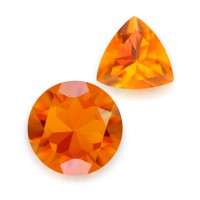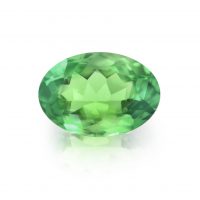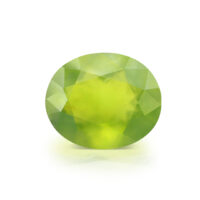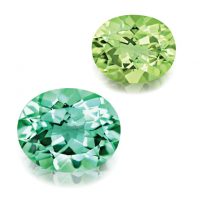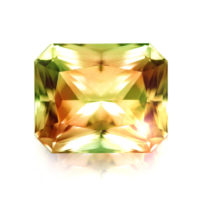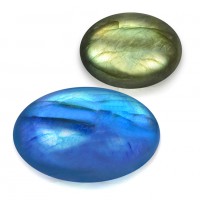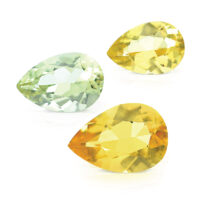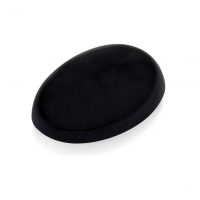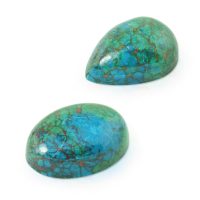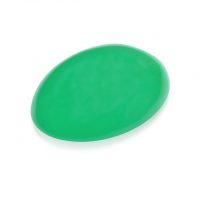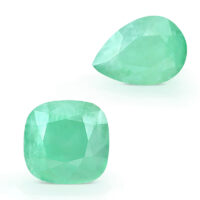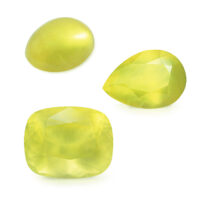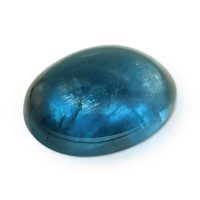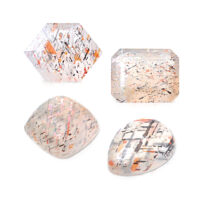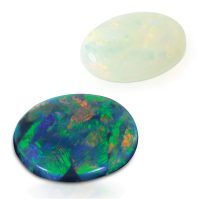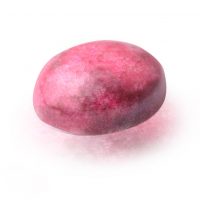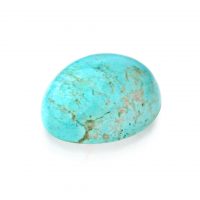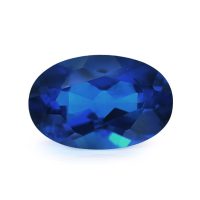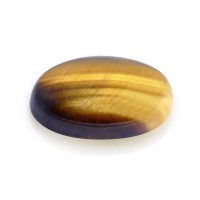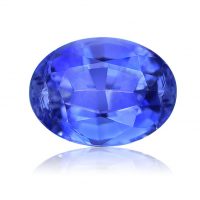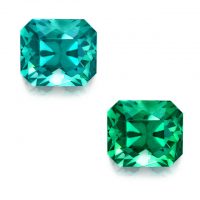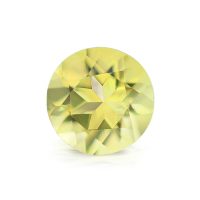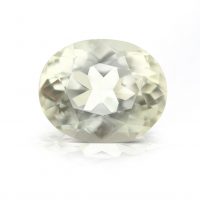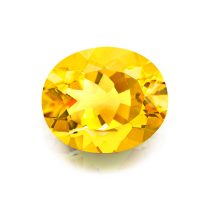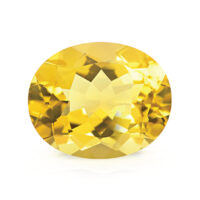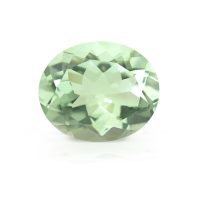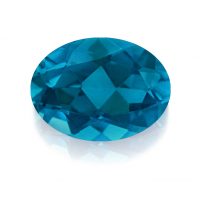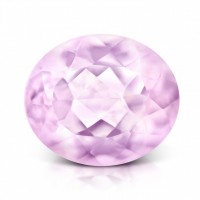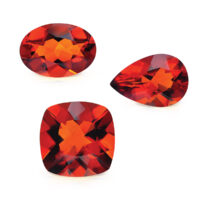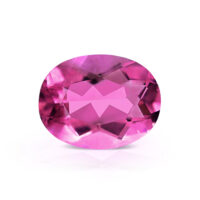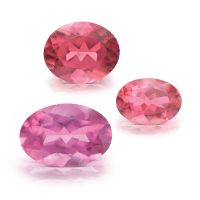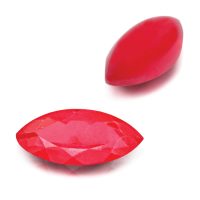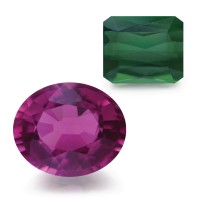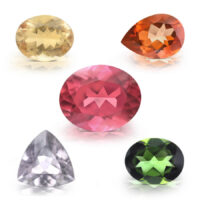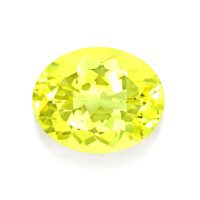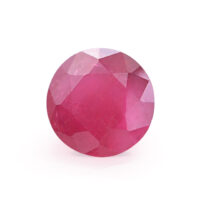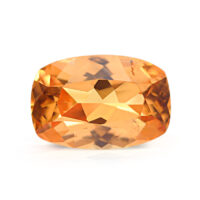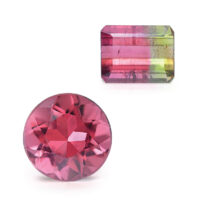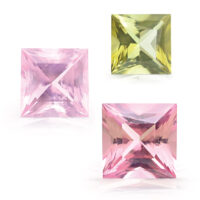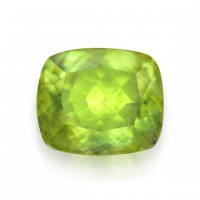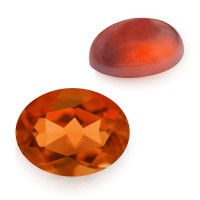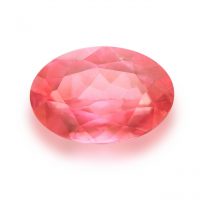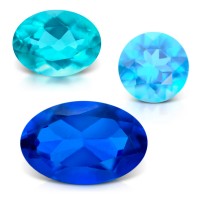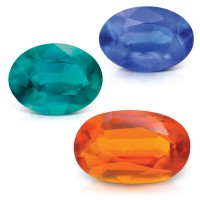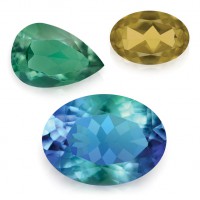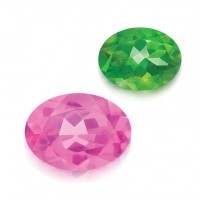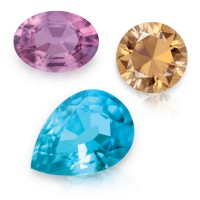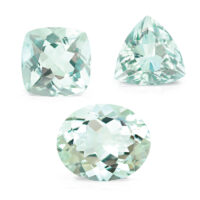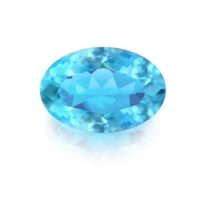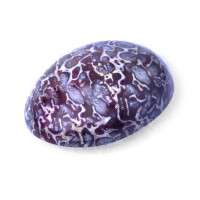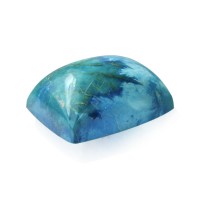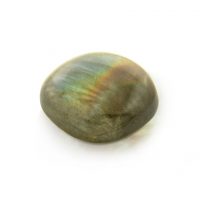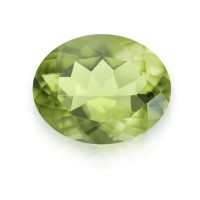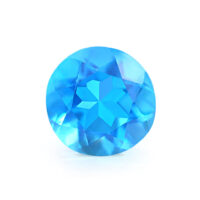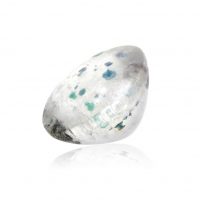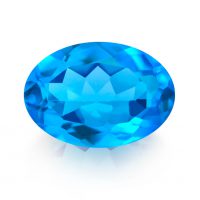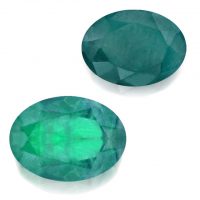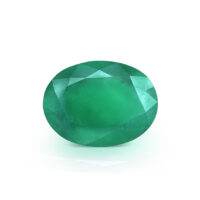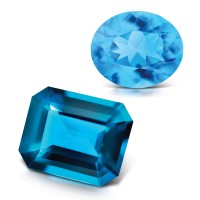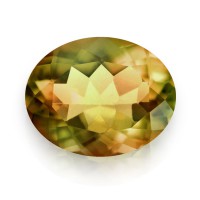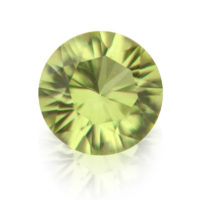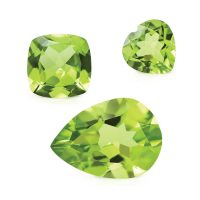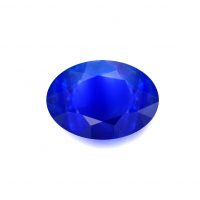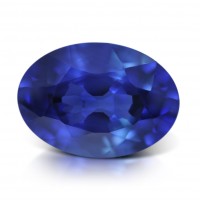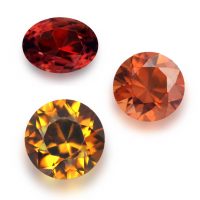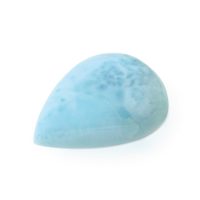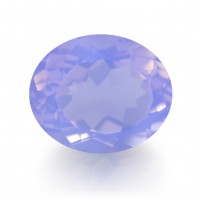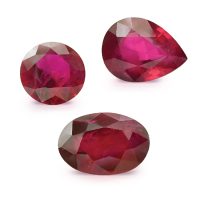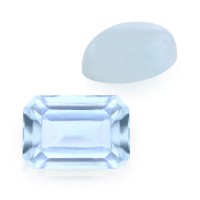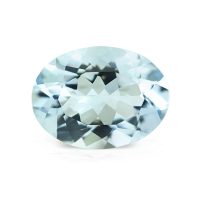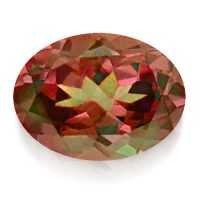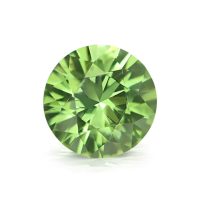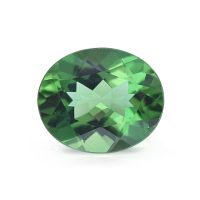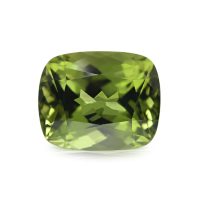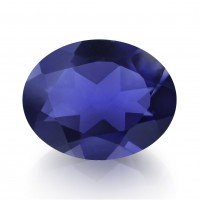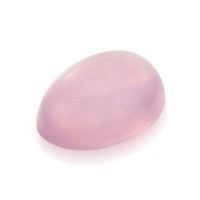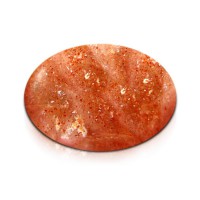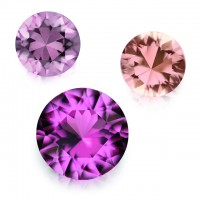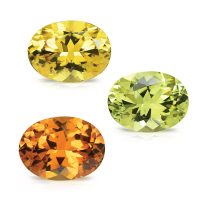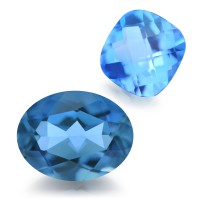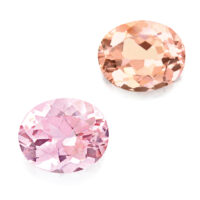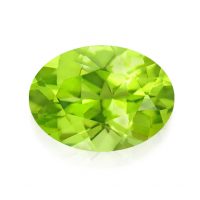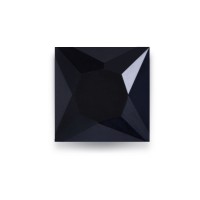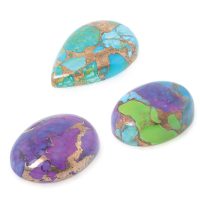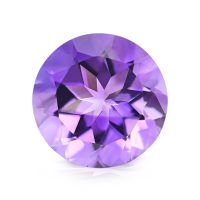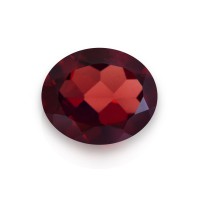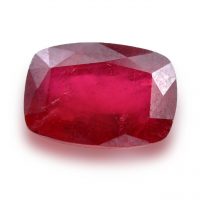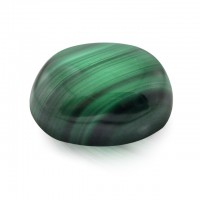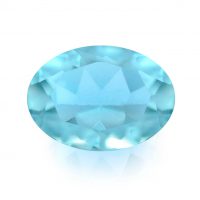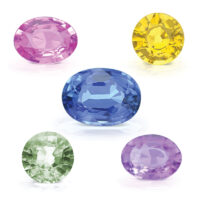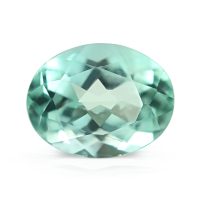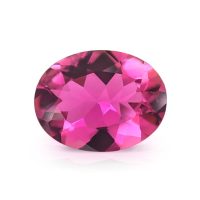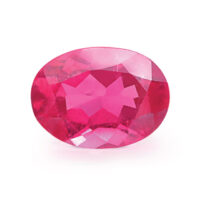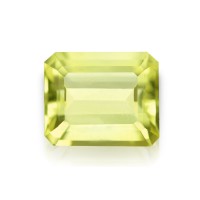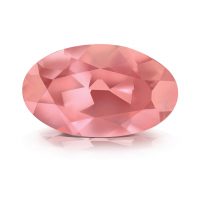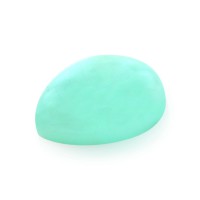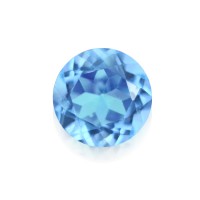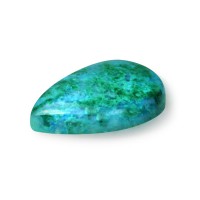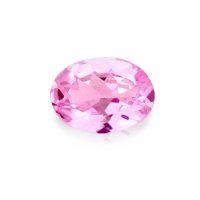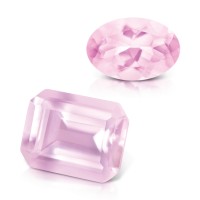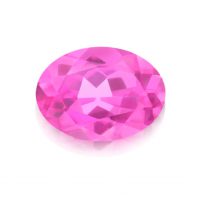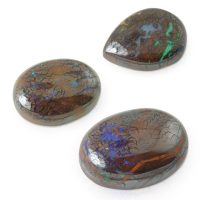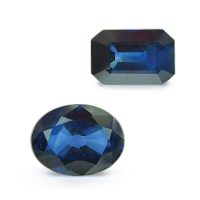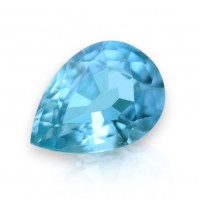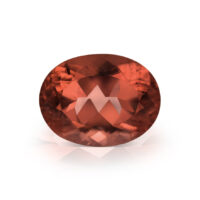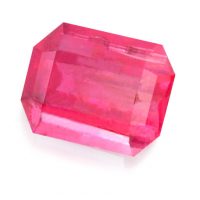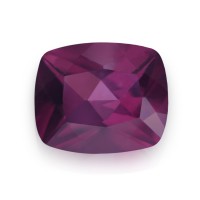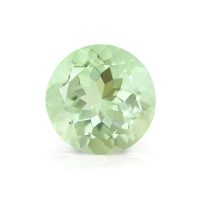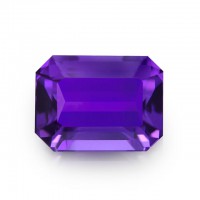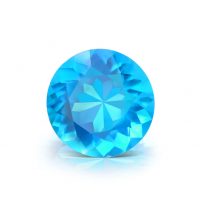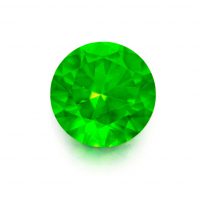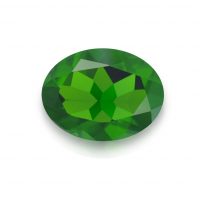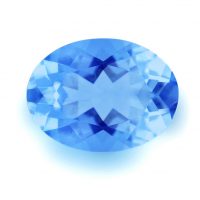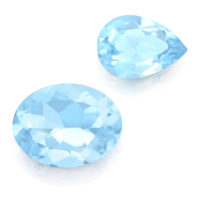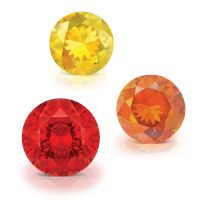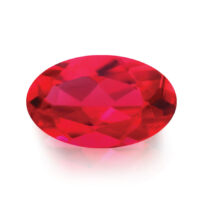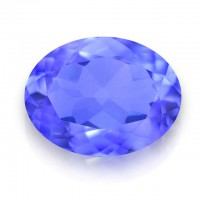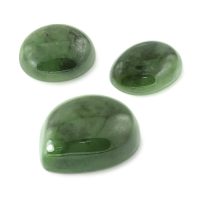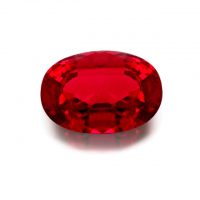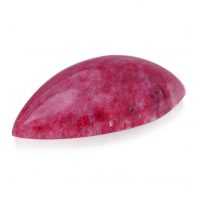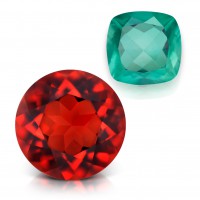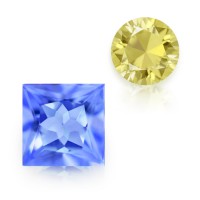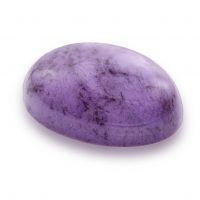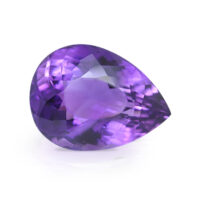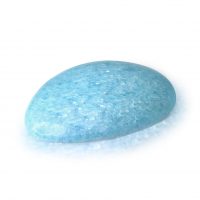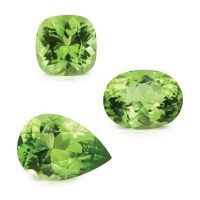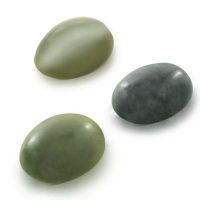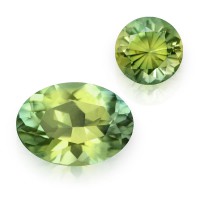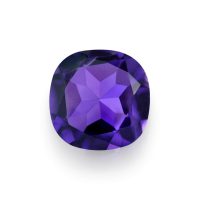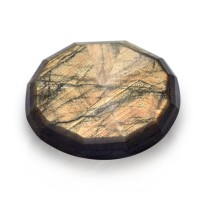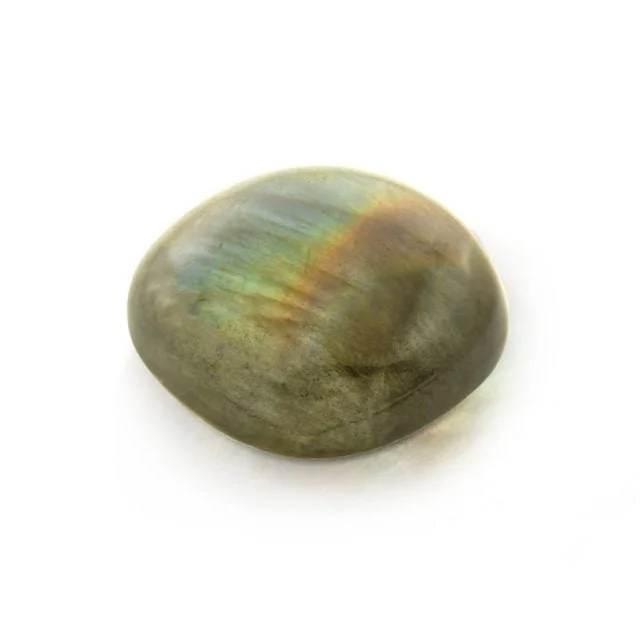

Finnish Spectrolite is a variety of Labradorite defined by its origin, as well as the range, richness, and number of hues displayed by its uniquely beautiful, labradorescent ‘play of color’. Exclusively from deposits in Finland’s southeast, Finnish Spectrolite can display the entire color spectrum (blue, green, orange, red, violet, and yellow), making it the world’s most beautiful Labradorite. Always scarce, especially in its finest qualities, Finnish Spectrolite remains one of the most coveted Feldspar gemstones.
Hardness 6 – 6.5
Refractive Index 1.559 – 1.570
Relative Density 2.65 – 2.75
Enhancement None
Beauty
Labradorite is available as transparent gemstones (usually colorless, orange, red, or yellow), as well as opaque to slightly translucent, smoke to dark gray varieties that show a beautiful metallic colored iridescence or schiller, aptly called ‘labradorescence’. Labradorescence is the colorful ‘play of light’ caused by the gem’s structure (i.e. lattice distortions) breaking up light into its spectral colors. When Labradorite crystalizes at high temperatures their chemical structures are compatible and form layers. However, when the mixture begins to cool, the chemicals become incompatible, separating and creating varying crystal layers of different depths. When light enters Labradorite it becomes trapped in these layers, reflecting from one to the next. The thickness of these layers and the speed of the light determine the colors observed. Appearing as colored reflections along its cleavage plains as light strikes the gem from different angles, labradorescence is normally blue, but it can also be golden, green, multicolored, purple, or red. Anorthosite is a rock rich in Labradorite often used as an architectural stone. It is sold under a variety of names such as ‘Blue Granite’ or ‘Labradorite Granite’. Used as countertops, tiles, window sills, and facing stones, building finished with Labradorite-rich rock can be a spectacular sight when the sun hits it at the right angle, as millions of Labradorite crystals reflect brilliant color flashes in various directions.
Finnish Spectrolite’s major value determinants are the beauty, strength, and intensity of the colors displayed, as well as cutting quality. Its key quality considerations are the brilliance and conspicuousness of its stunning labradorescence; peacock and royal azures, bronzes, golds, oranges, plums, lemons, and verdant, with occasional crimson flashes, the signature characteristic that defines the beauty of this dramatic jewelry gemstone; as well as optimal lapidary. Saying this, Finnish Spectrolite like Opals are artistic gemstones, making color preferences very personal. Ultimately, individual preferences are the most important consideration; you should select a color combination that appeals to you. Finnish Spectrolite is ideal for those who like large gemstones in bright, rainbow hues, noting its popularity is also due to its colorful interaction with jewelry metals.
Finnish Spectrolite is cut as cabochons (cut in convex form and highly polished, but not faceted) with an excellent finish, proportion and shape. In contrast, transparent Labradorite is typically faceted and should be fine, clear with an eye-clean clarity, the highest quality clarity grade for colored gemstones. Labradorite is also frequently used in carvings, cameos and intaglios. Assessing cabochons is straightforward – just look at their finish, shape and proportion. While carvings, cameos and intaglios are probably best left to personal preferences, as a rule look for the intricacy of detail and the position of color within the context of the design. Once you’ve collectively judged a Labradorite’s cut (finish, proportion and shape), color, transparency and clarity, labradorescence is this gem’s key consideration.
Colloquial names for Labradorite include ‘black rainbow’ and ‘firestone’ (the name used by the Native Americans of Labrador who believed the gem possessed mystical and medicinal qualities). According to a Native American legend, the Northern Lights (Aurora Borealis) were once trapped in the rocks along the coast of Labrador until a travelling warrior freed most of them with a mighty blow of his spear. However, some of the lights remained trapped within the stones, resulting in the gemstone we call Labradorite.
Spectrolite was discovered in rugged bedrock 6 kilometers from Ylämaa, and 30 kilometers from Lappeenranta in South Karelia in Finland’s southeast. During the Finnish-Russian campaign (Winter 1939 – 1940) a mineralogist stumbled upon granite blocks containing Labradorite crystals, which had been unearthed during the construction of border fortifications. Professor Aarne Laitakari, Director of the Geological Survey of Finland, chose the name ‘Spectrolite’ due to the spectrum of colors displayed. Labradorite is named after Canada’s Labrador Peninsula where it was discovered. First encountered on the Isle of Saint Paul in 1770 by travelling Moravian missionaries, it took until 1777 for Labradorite to be described by the British Museum. A member of the plagioclase Feldspar group, Labradorite (Spectrolite) is closely related to Moonstone, Sunstone, and Tibetanite. Feldspar (derived from the German ‘feldt spat’, meaning ‘field stone’ because of its ability to enrich the soil with plant nutrients) is a mineral family especially known for gems with beautiful optical phenomenon, such as adularescence, aventurescence and iridescence. Its two subgroups are the plagioclase group and the potassium group. Distinguished by their calcium and sodium content and ratio, the plagioclase group includes most gem varieties. Gems in the potassium group share the same chemical composition but are distinguished by their crystal structure. As many Feldspar gems look alike, they are often confused due to their similar compositions and trade names. Feldspar gems are often so comparable that even some gemological laboratories struggle to tell them apart.
Rarity
Labradorite is a gemstone whose prices vary widely according to availability and quality. Labradorite occurs in Australia, Canada, China, Finland, India, Madagascar, Mexico, Norway, Russia, Tanzania, and the USA. Traditionally, ‘Spectrolite’ was only applied to Finnish Labradorite. While a similar Labradorite variety was discovered near St. Petersburg in Russia towards the end of the 18th Century, and ‘Spectrolite’ has been used to describe comparable Labradorite from Madagascar and other countries, Ylämaa remains famous as the world’s finest source. Much like ‘Paraiba’, ‘Padparadscha’ or ‘Royal Blue’, the ‘Spectrolite’ name is unfortunately often misused. Correctly, ‘Spectrolite’ must have a dark body color with intense, colorful flashes.
The quarrying of Finnish Spectrolite started on a small scale after WW2. By 1973 the first lapidary opened in Ylämaa, and the town became known as the ‘Gem Village of Finland’. Today, Ylämaa has several Spectrolite quarries nearby, as well as lapidaries, jewelry workshops, and even a lapidary and gemology school. Finnish Spectrolite is usually mined near the surface from partially decomposed metamorphic rocks with a pick and shovel. Shallow pits are also dug, as well as blasting and tunneling, to retrieve the coveted raw crystals. As a sole source gemstone, Finnish Spectrolite’s genuine rarity is undeniable. Finnish Spectrolite is also one of the few gemstones that are totally natural and unenhanced, further accentuating its rarity.
Durability & Care
A relatively durable jewelry gemstone, Finnish Spectrolite (Mohs’ Hardness: 6 – 6.5) should always be stored carefully to avoid scuffs and scratches. Clean with gentle soap and lukewarm water, scrubbing behind the gem with a very soft toothbrush as necessary. After cleaning, pat dry with a soft towel or chamois cloth.
Map Location
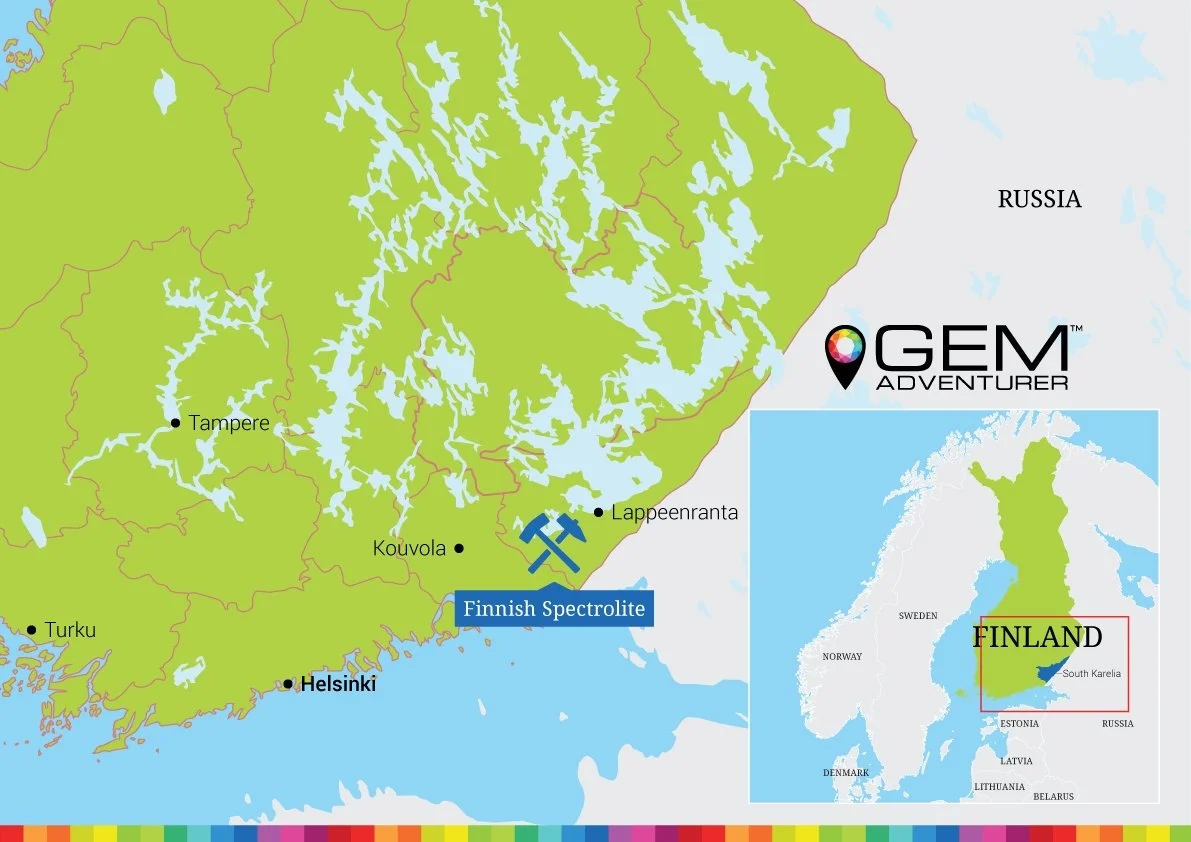
Click map to enlarge
